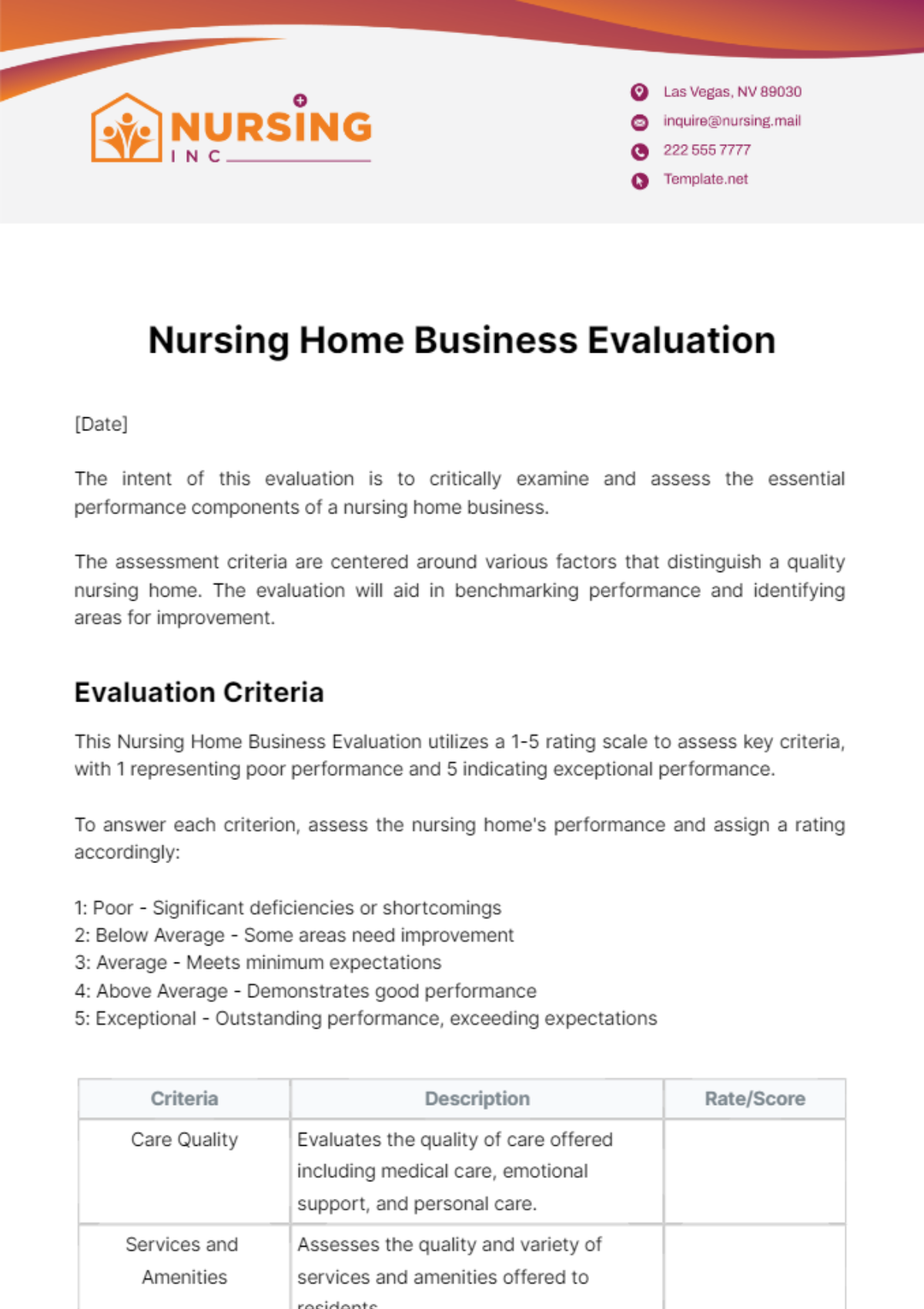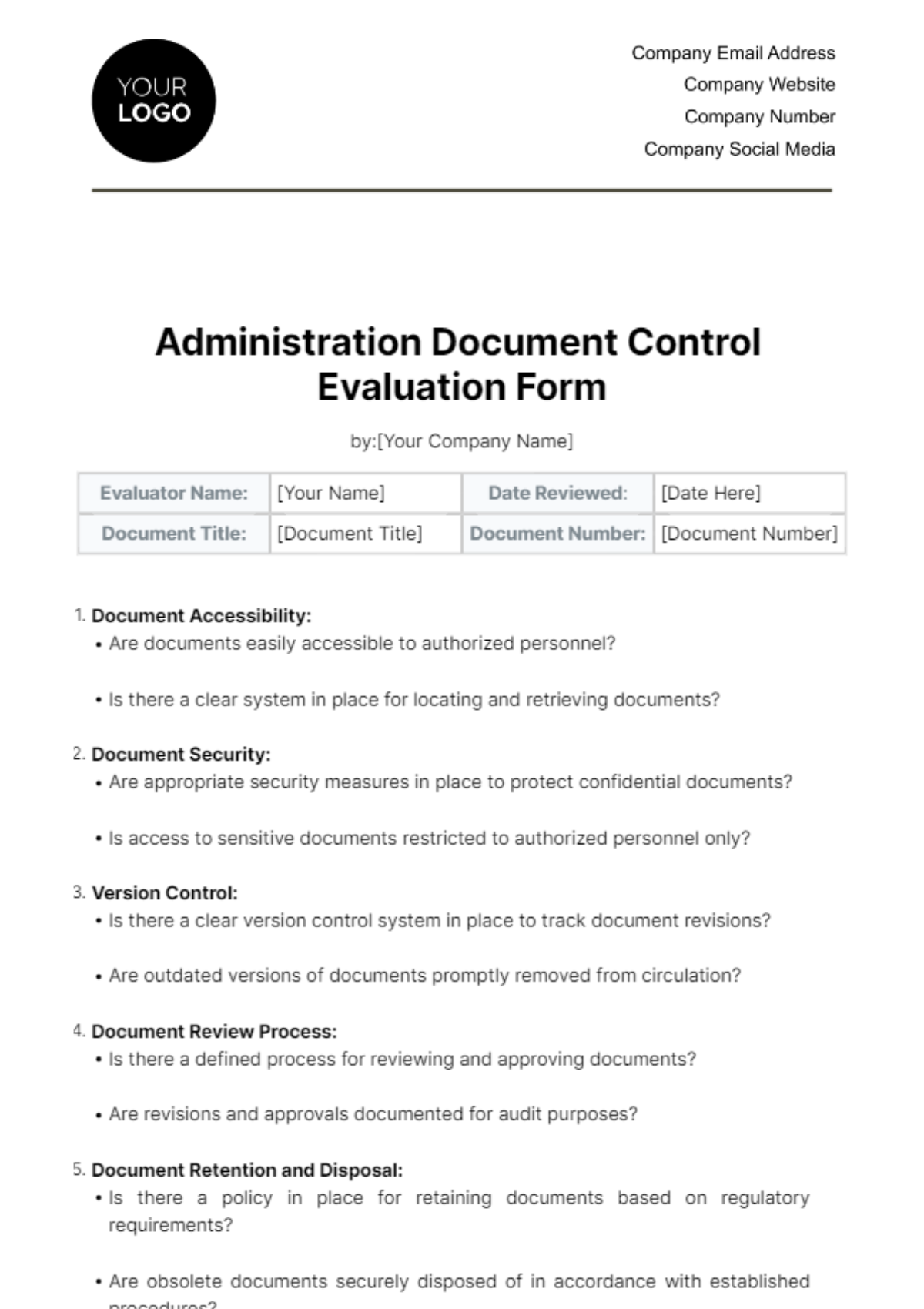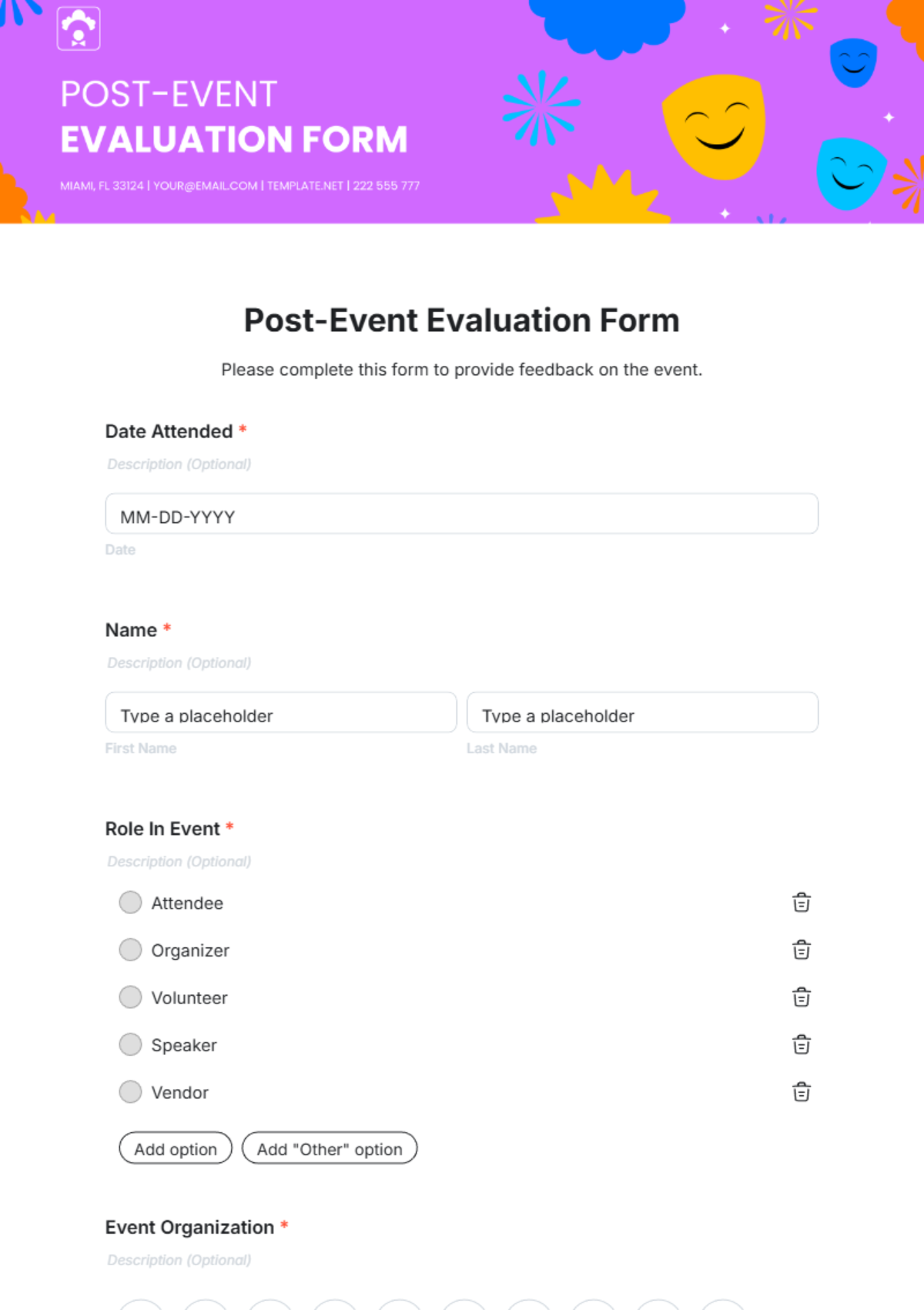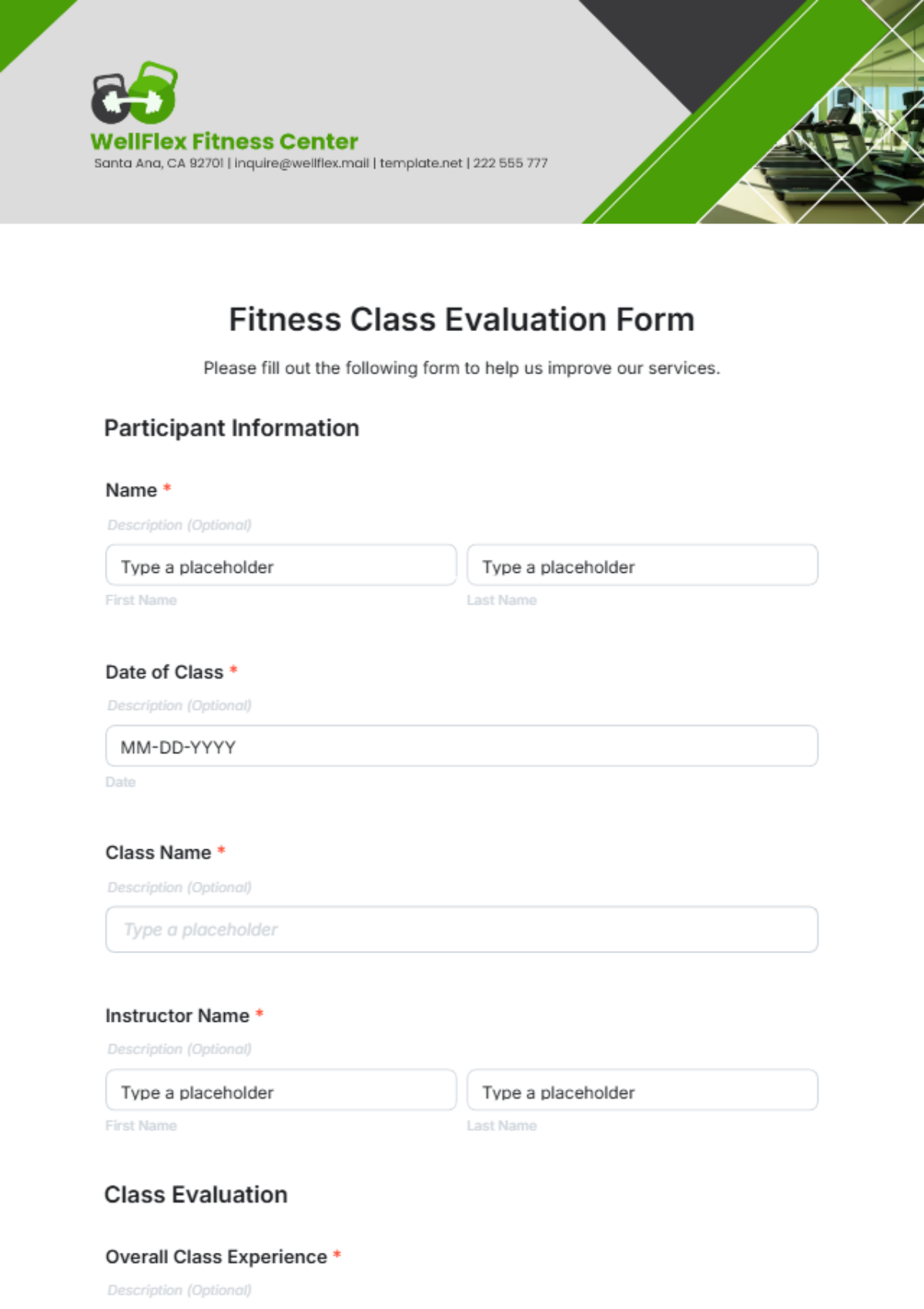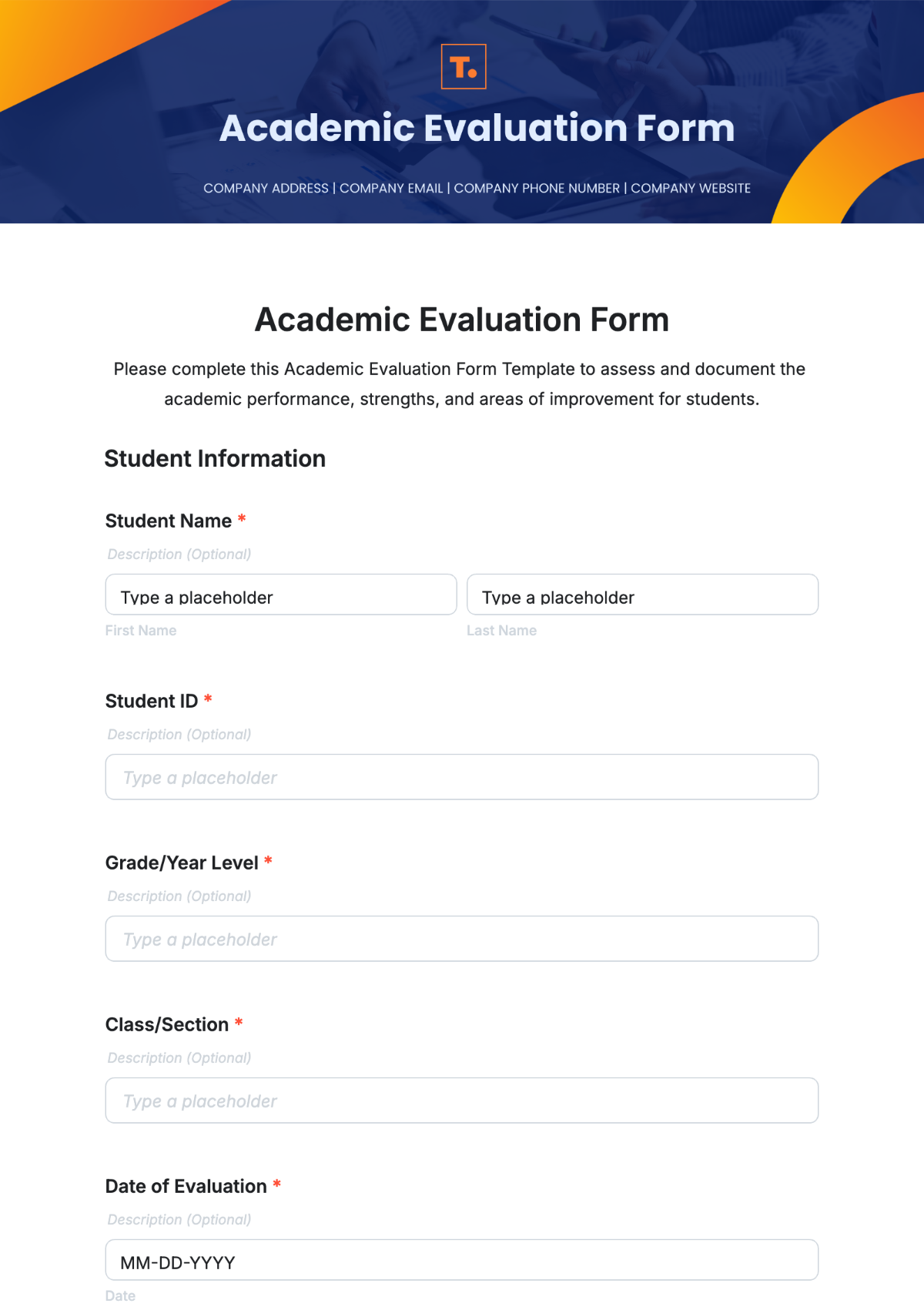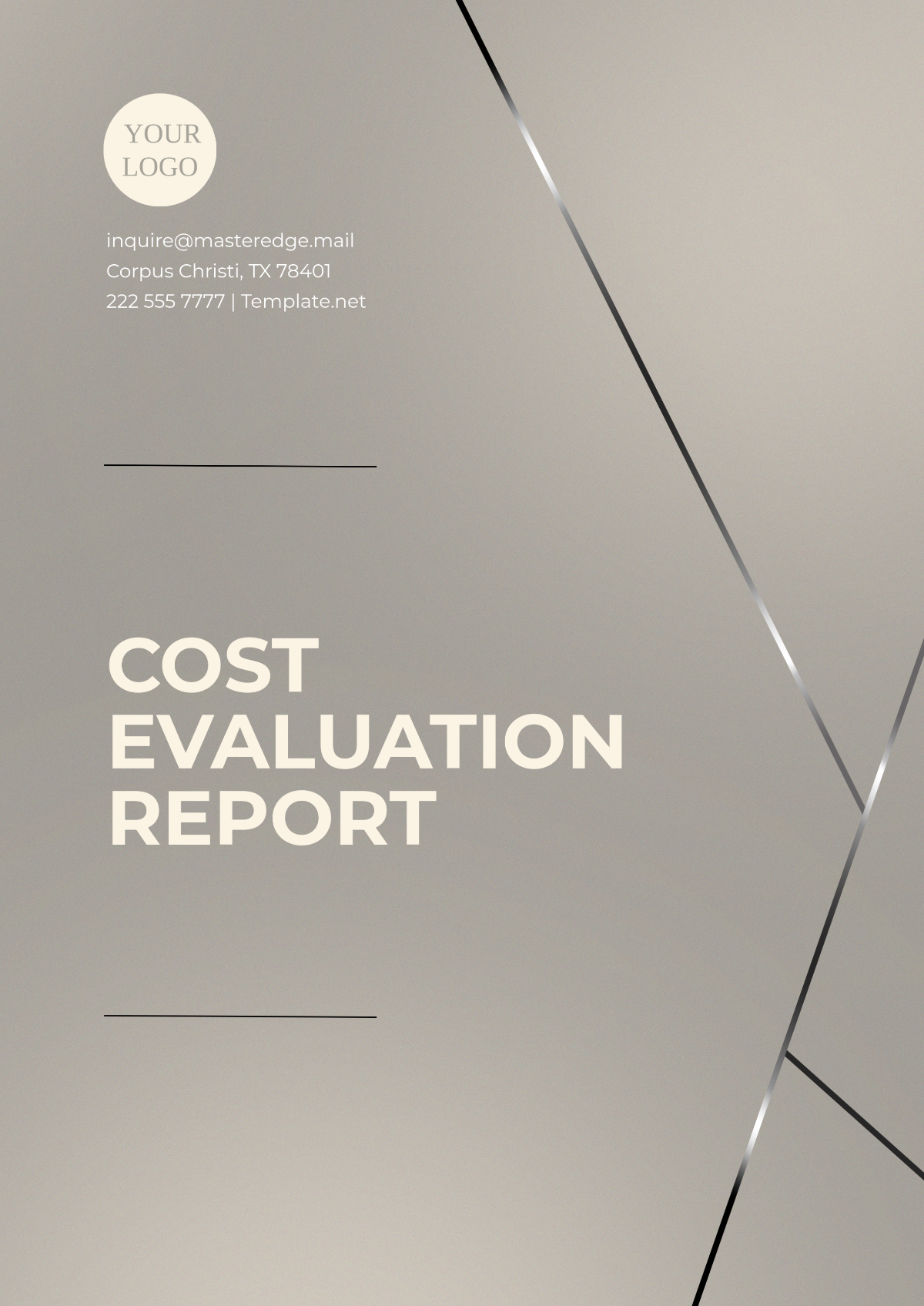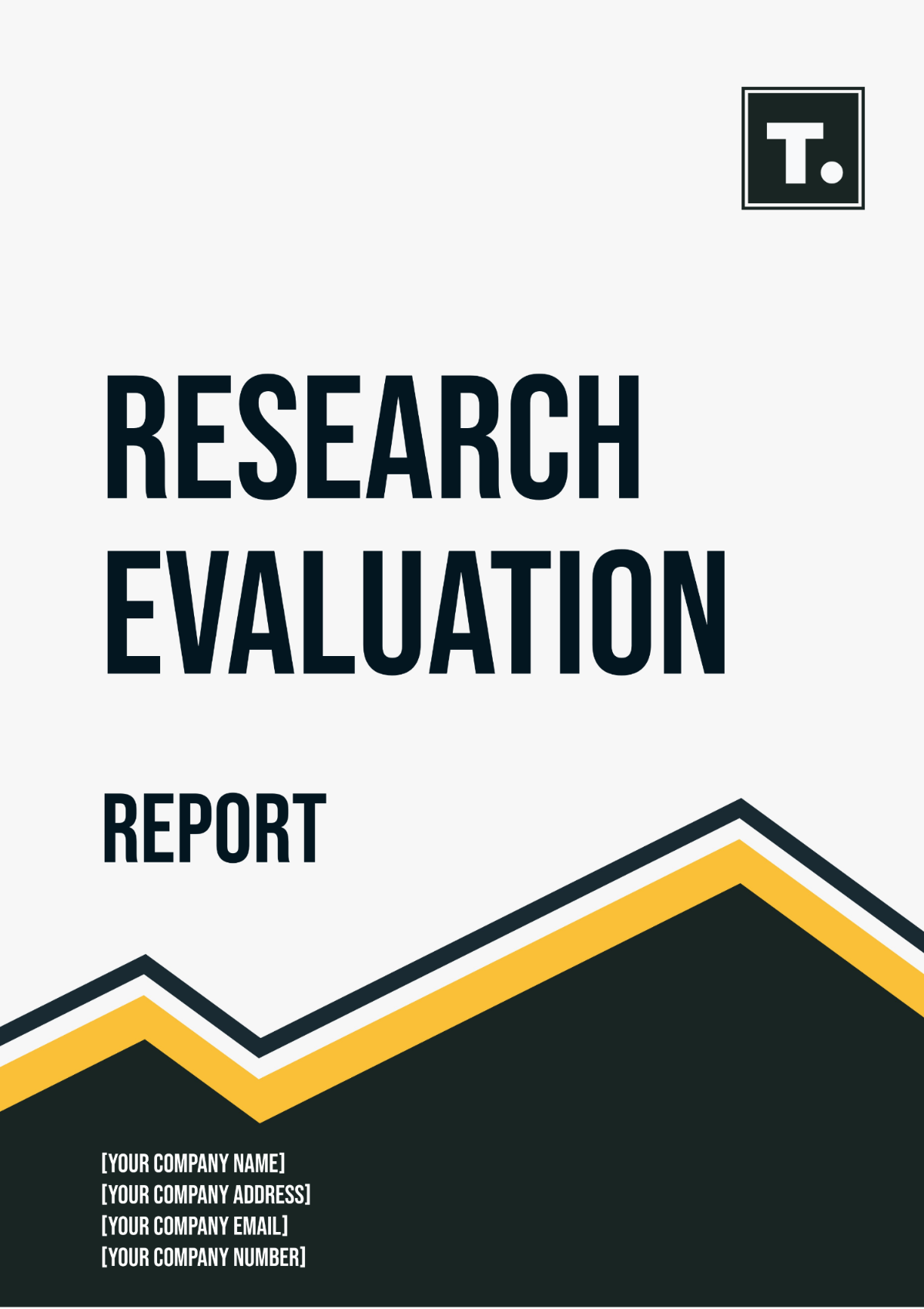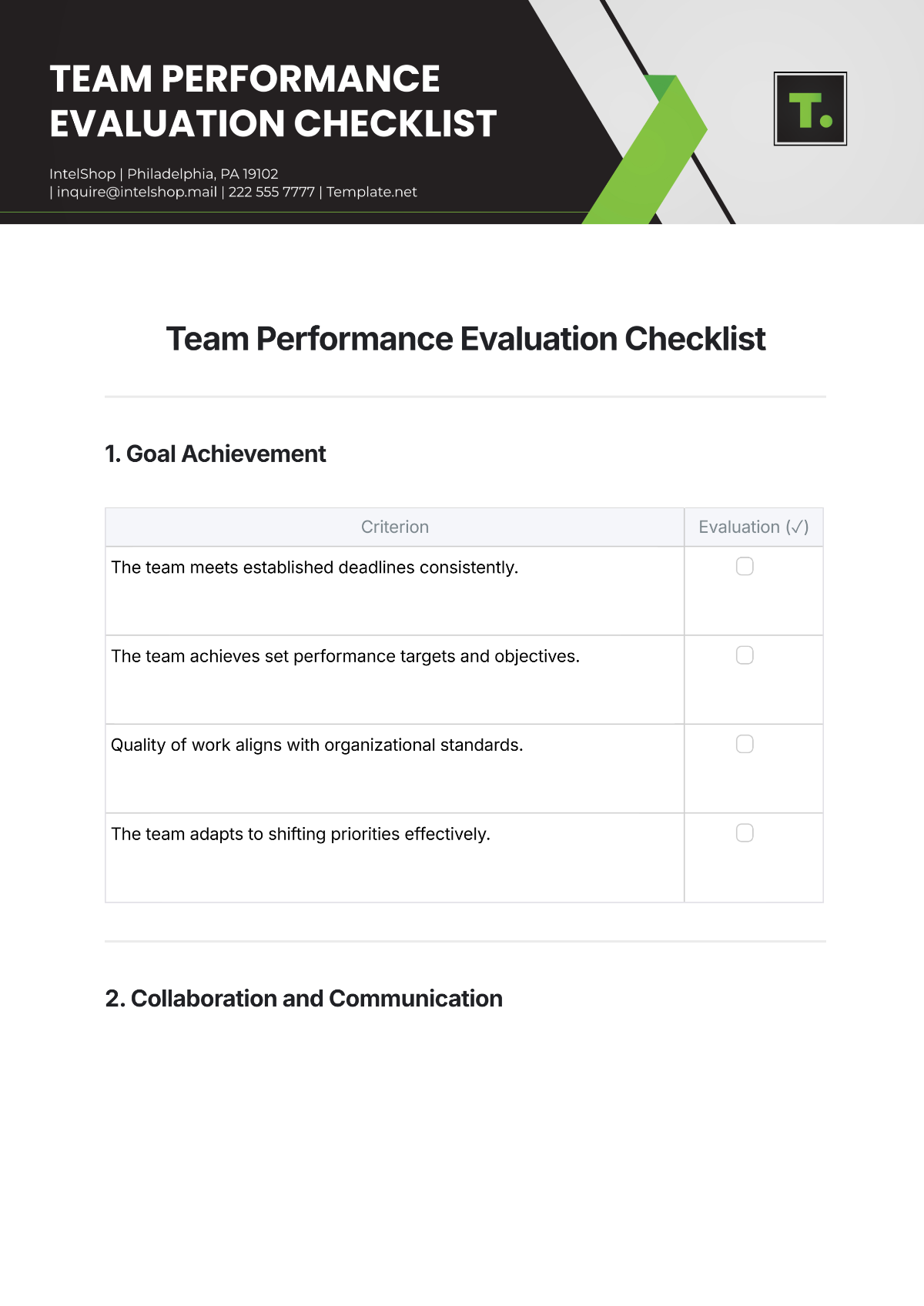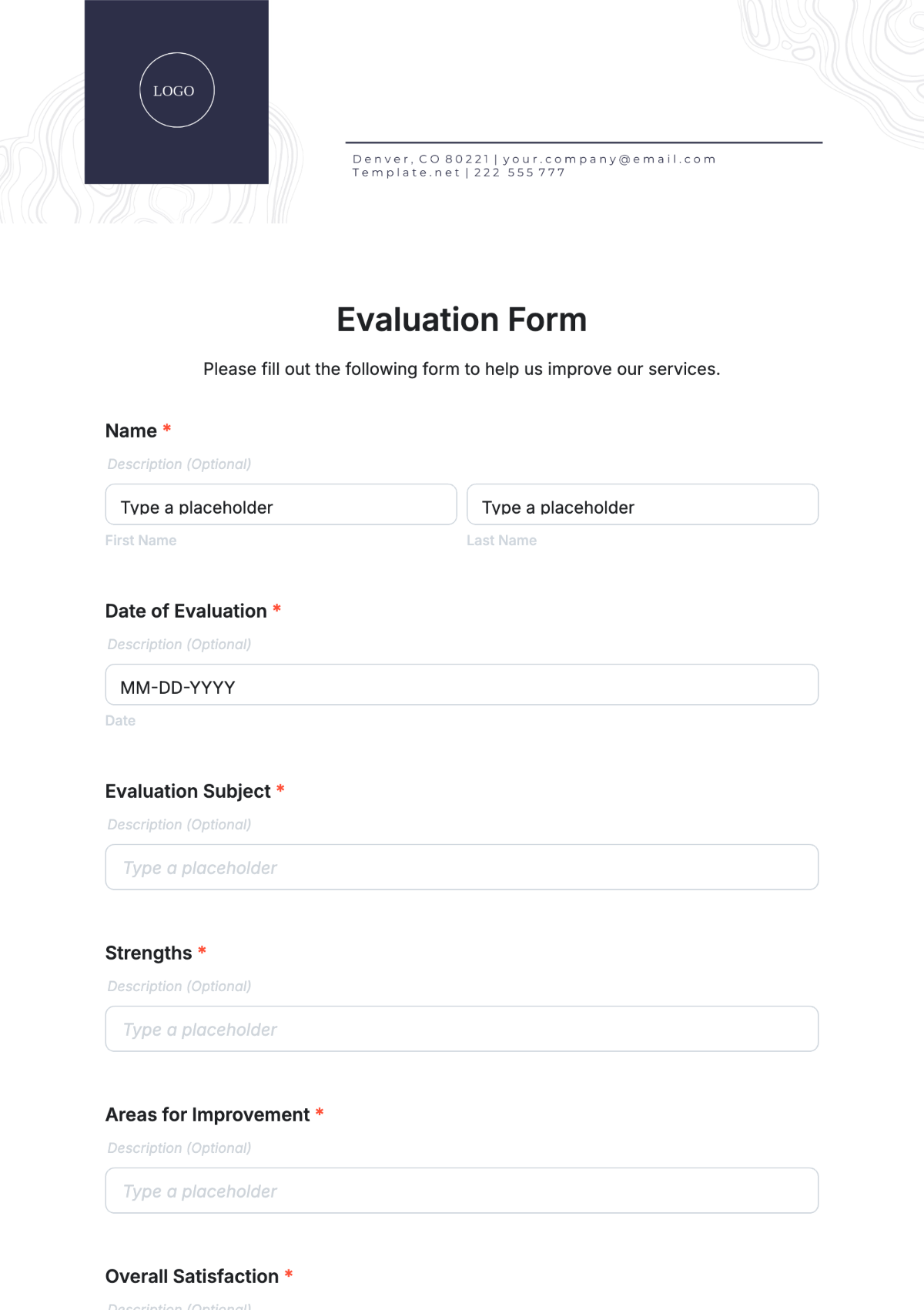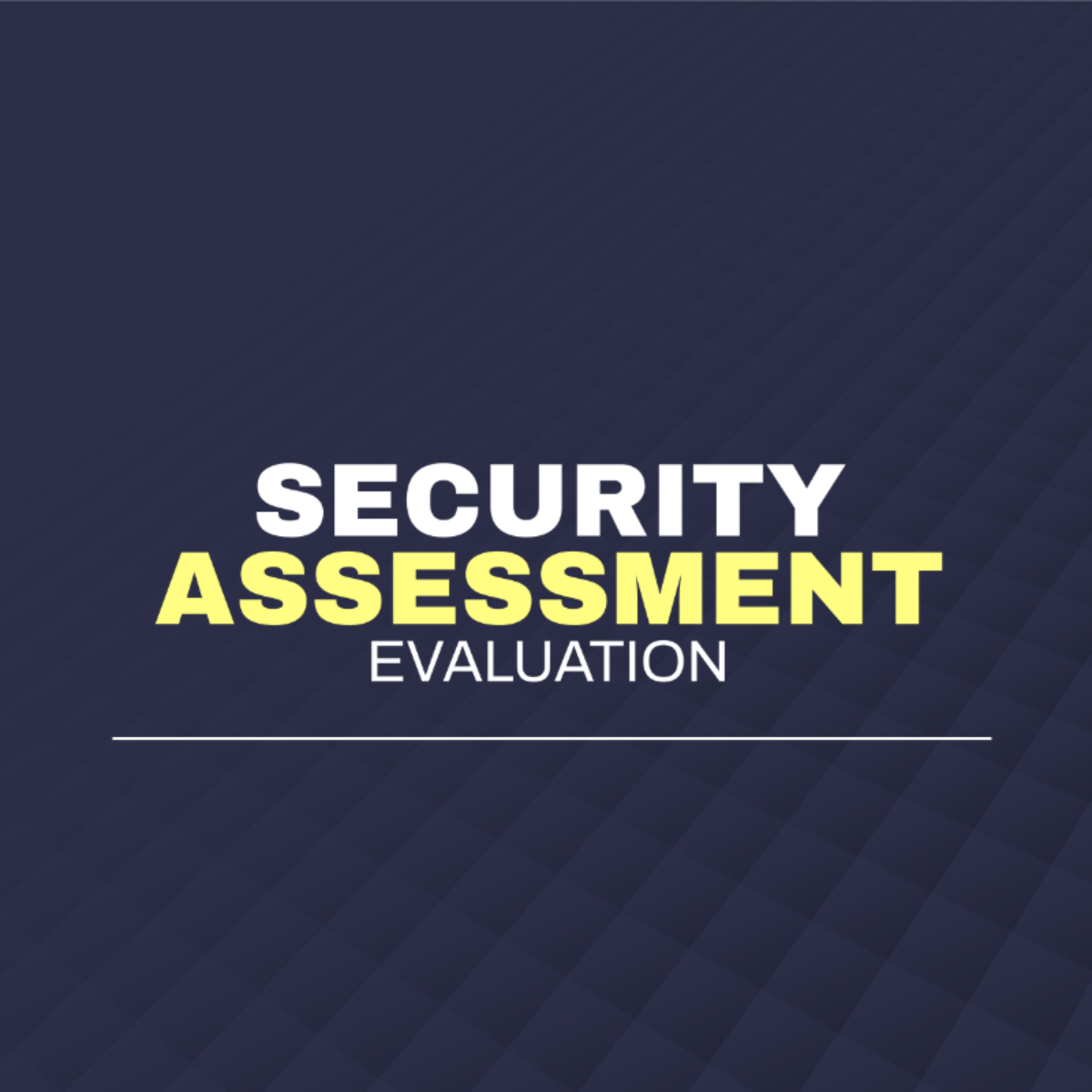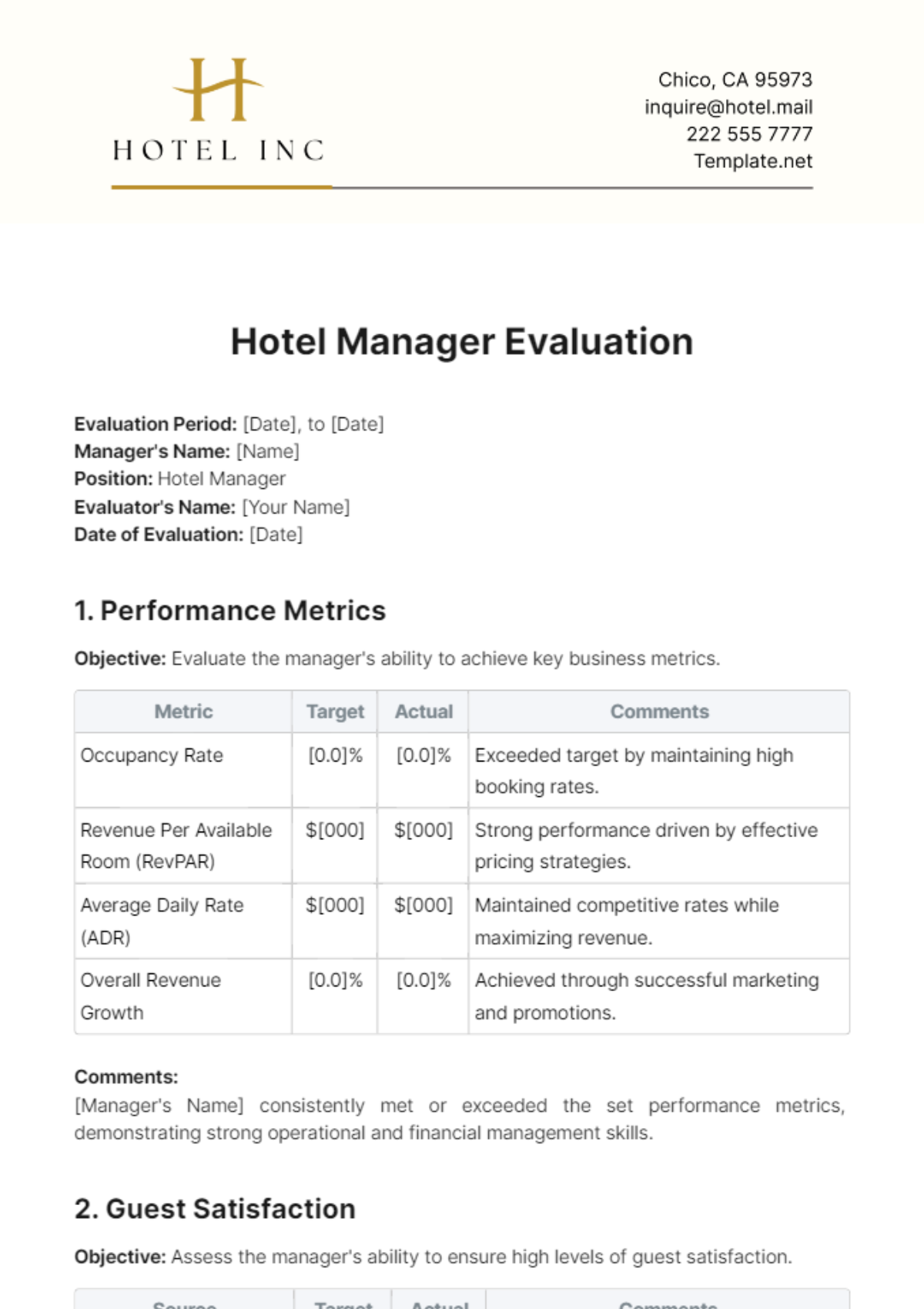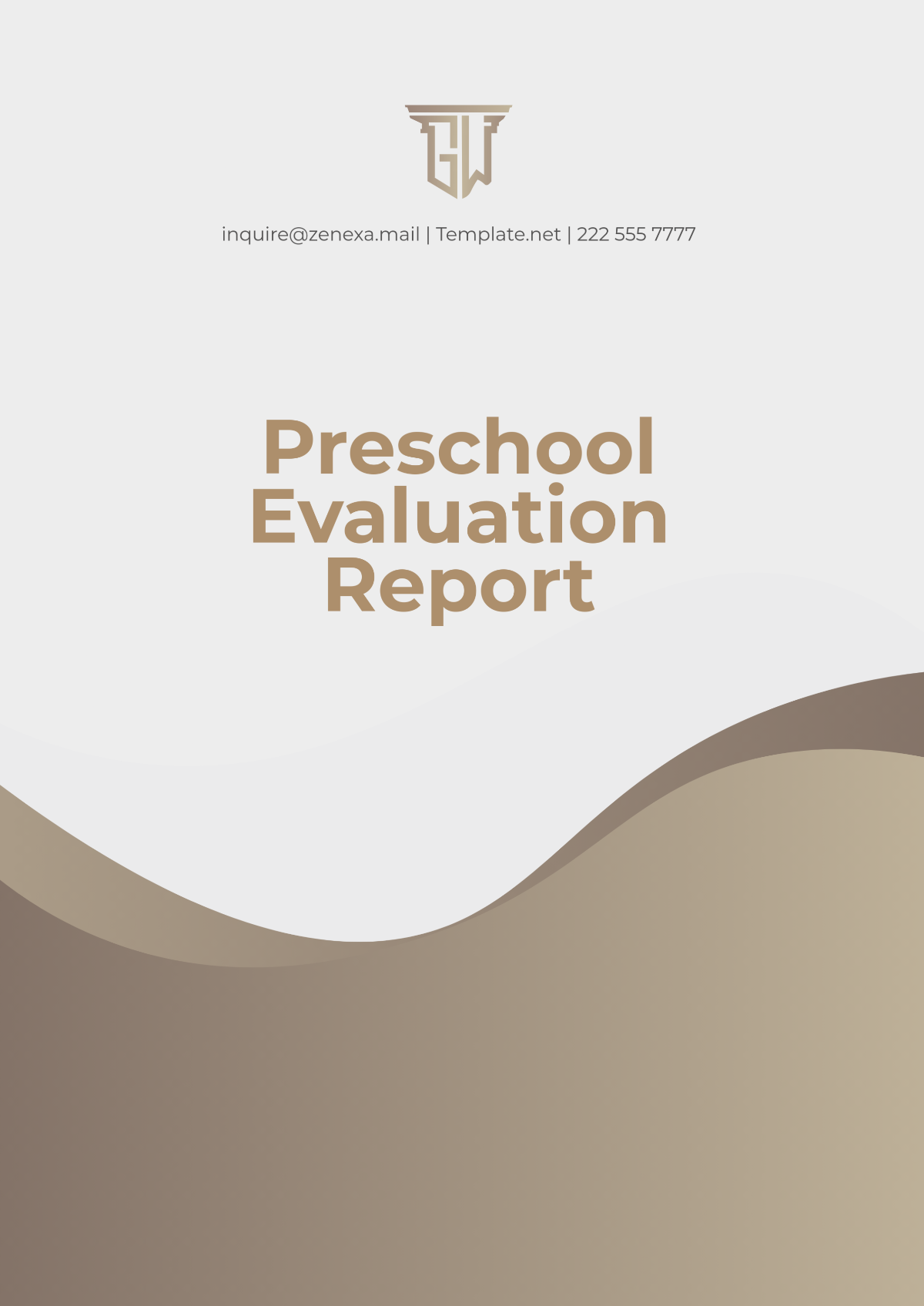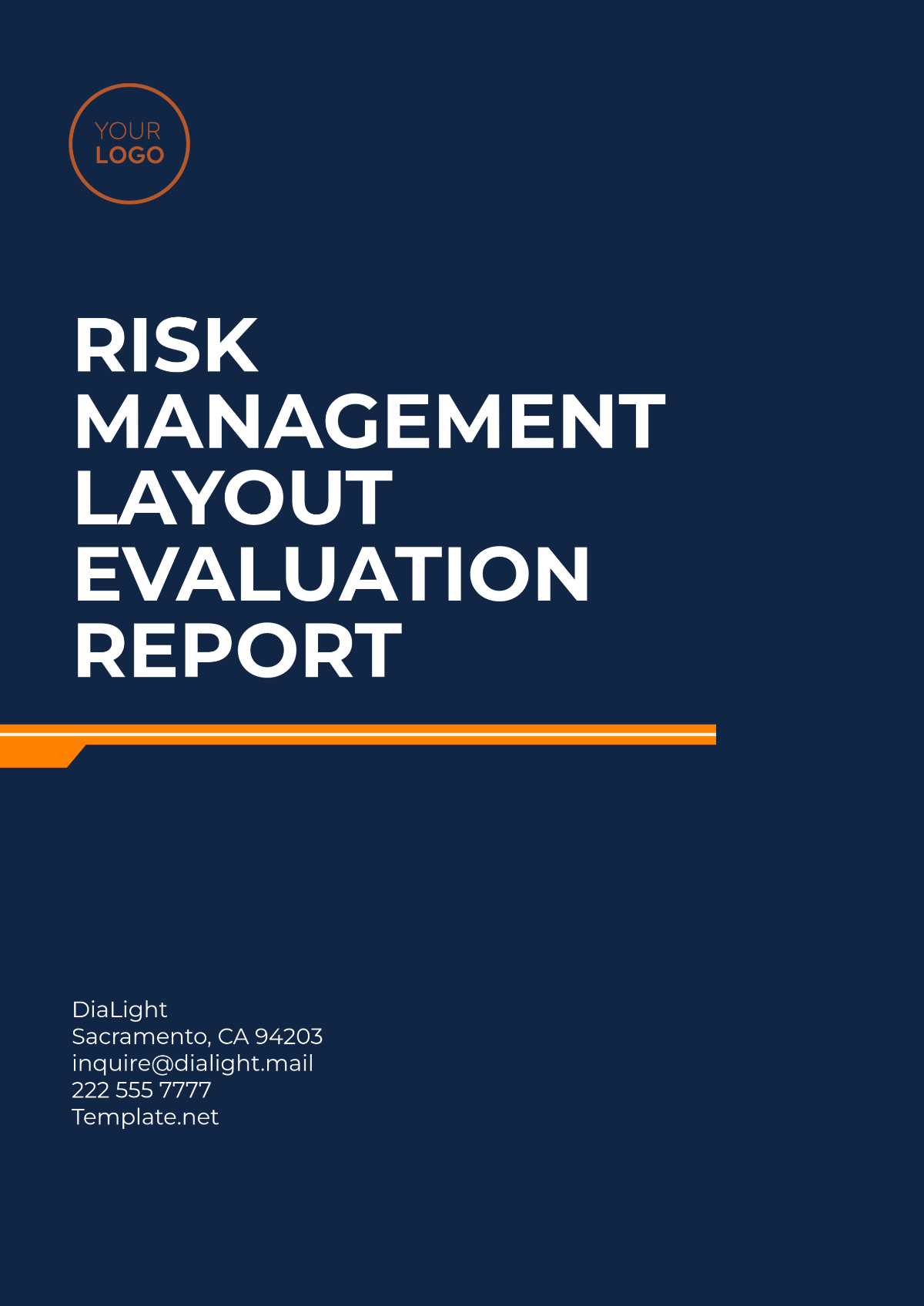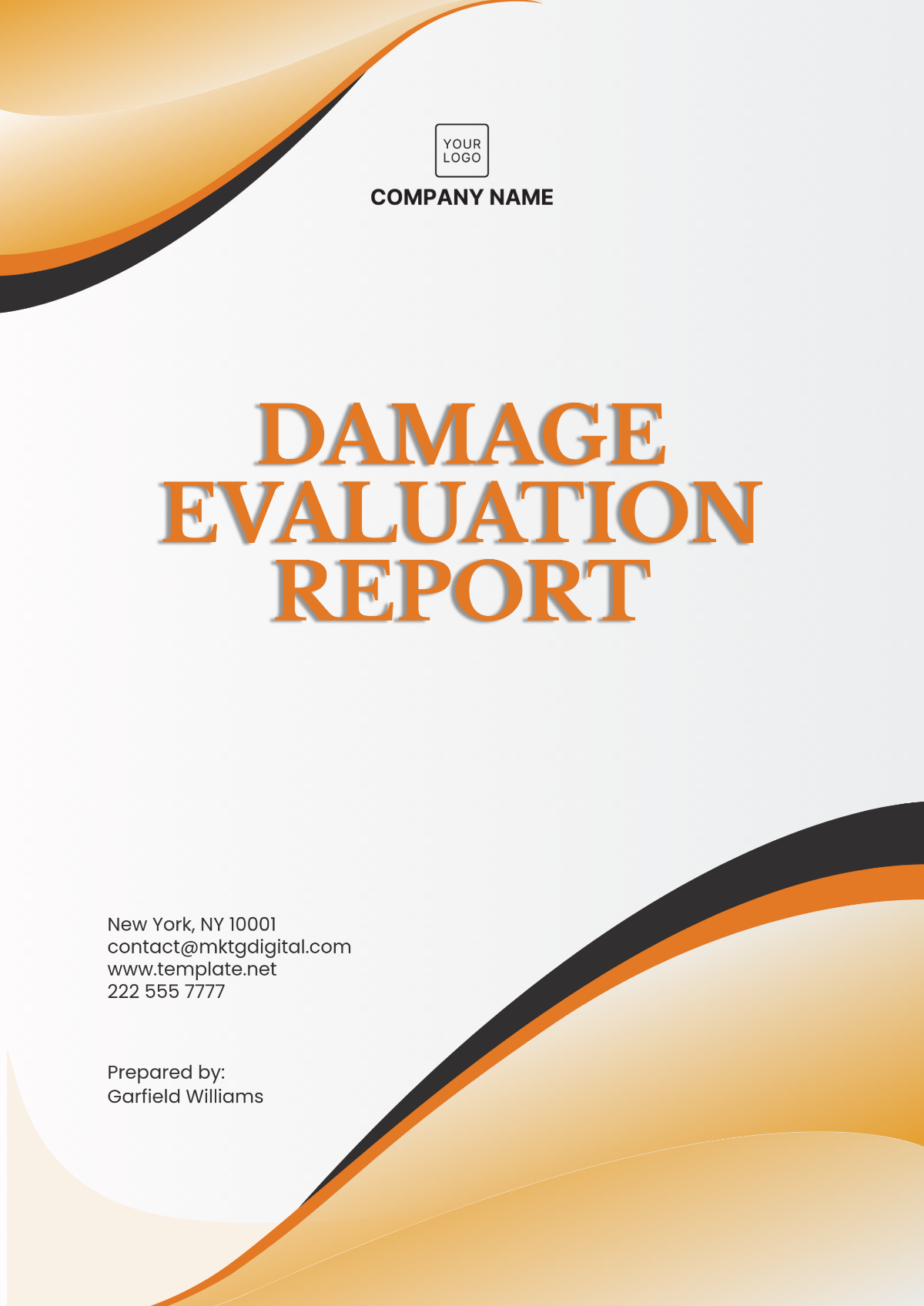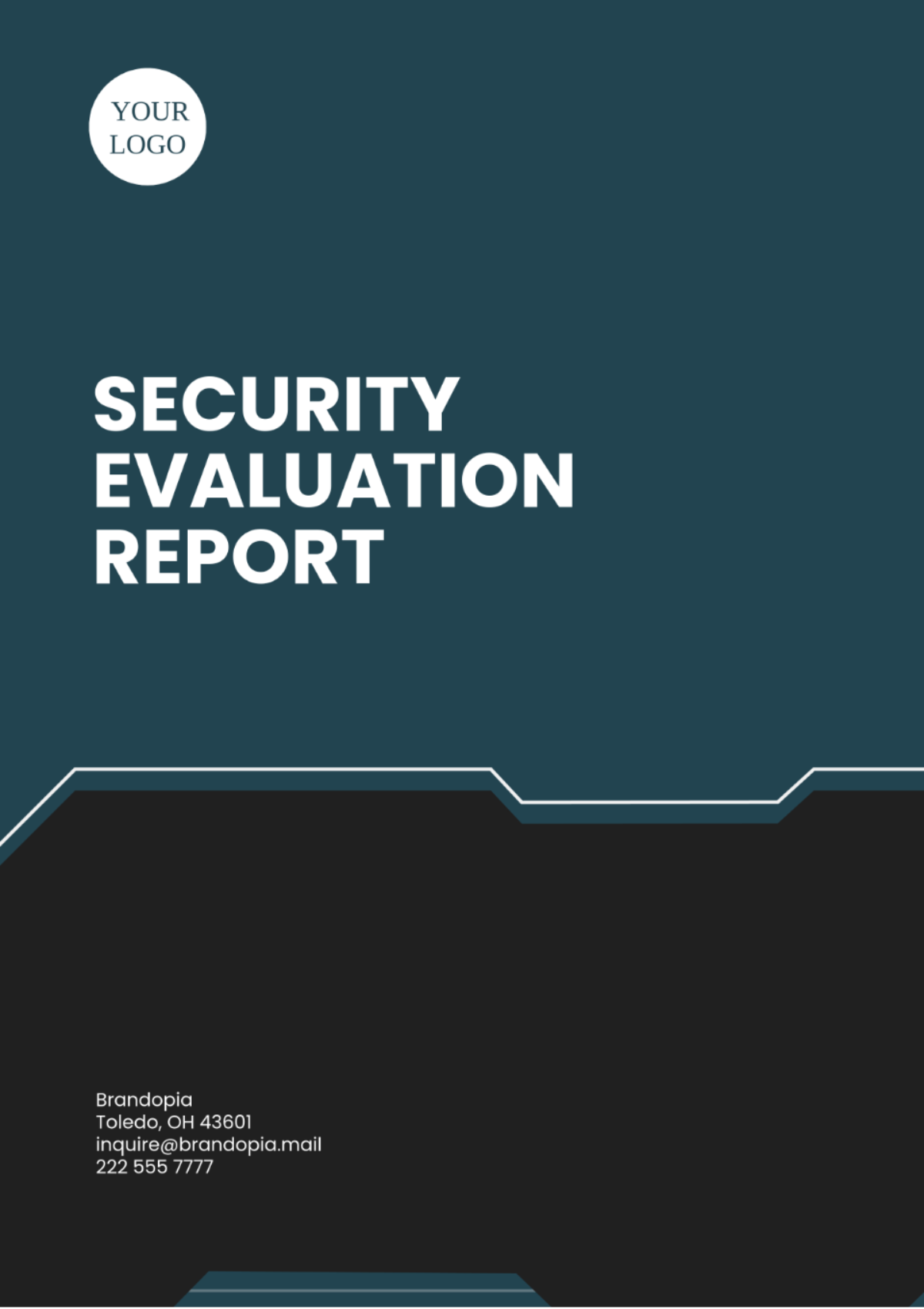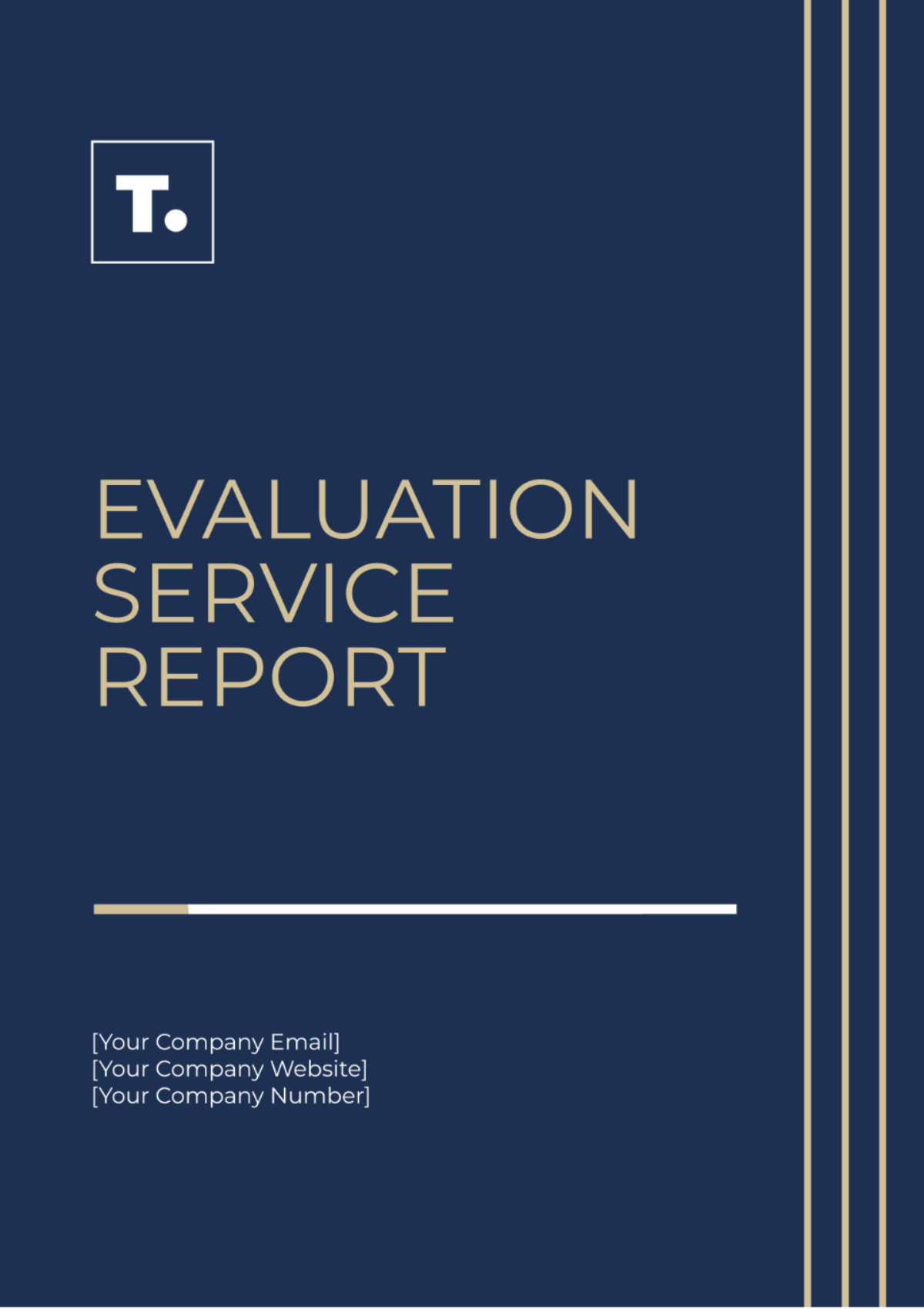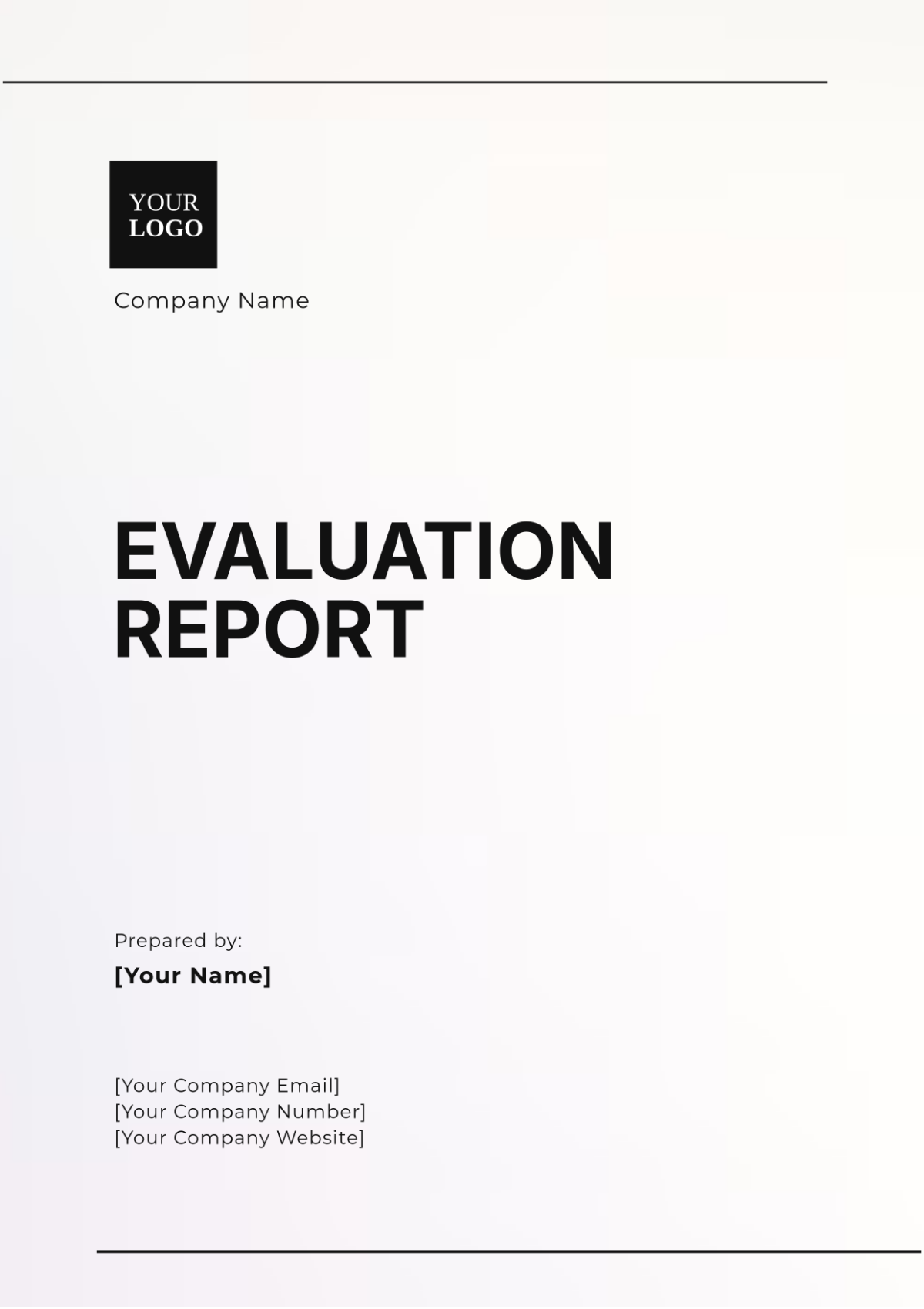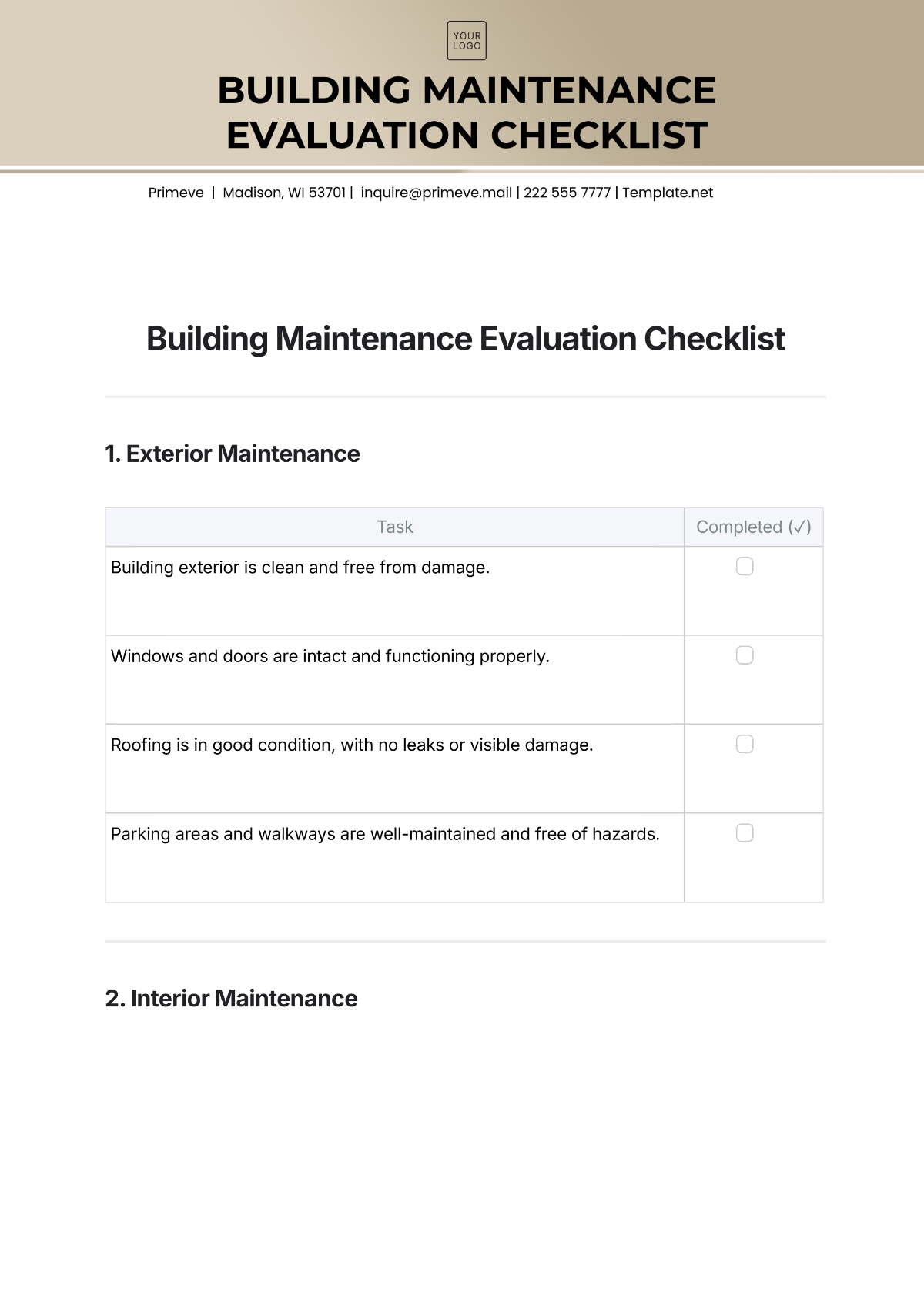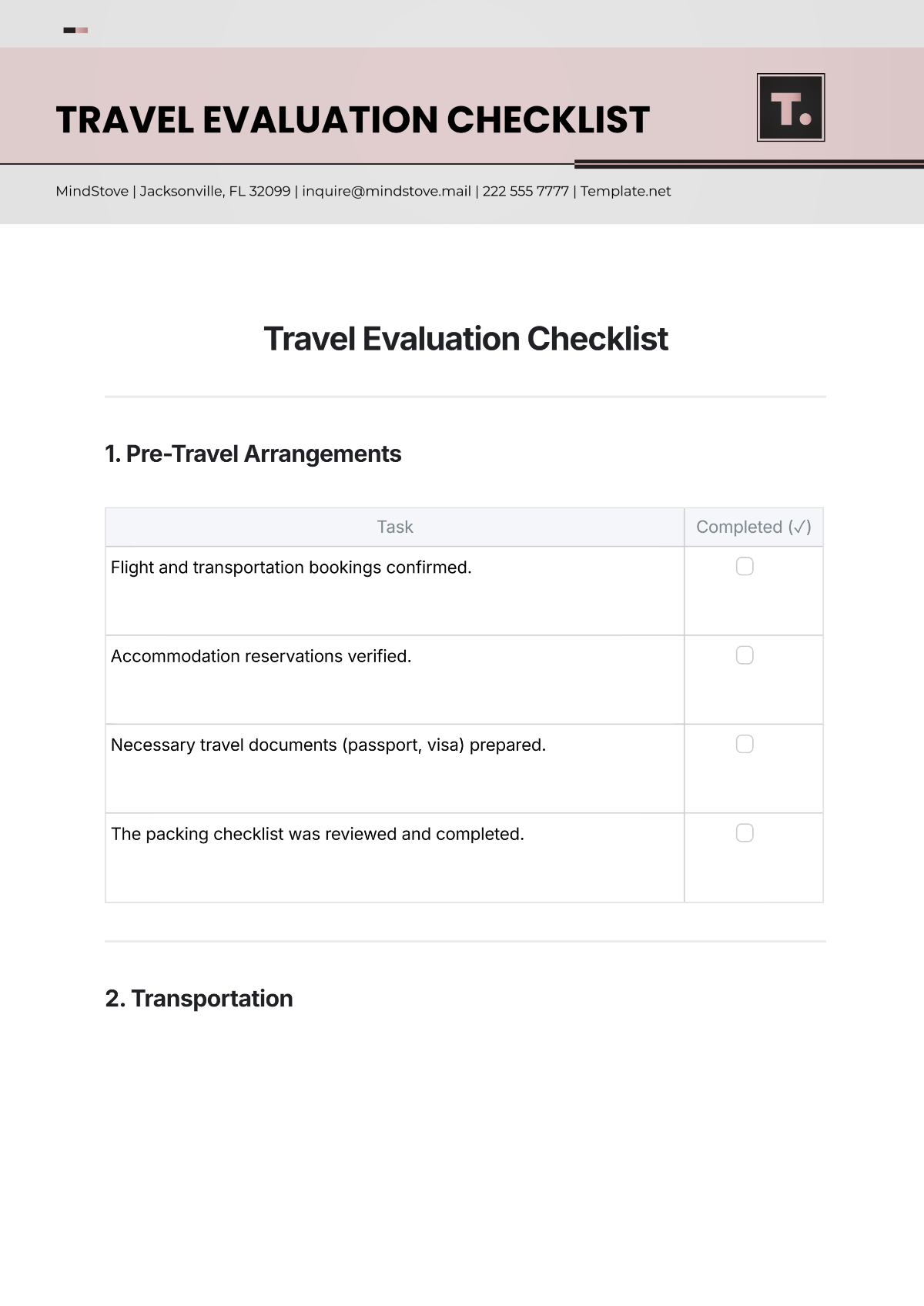SIP Monitoring and Evaluation
[YOUR COMPANY NAME]
Date: [DATE]
Introduction:
The task of evaluating the performance, reliability, and efficiency of communication systems and networks, specifically those that are based on the Session Initiation Protocol (SIP), holds a critical level of importance.
Overview:
The assessment that is being conducted will concentrate its focus on the key indicators embedded in the system. These key indicators serve a significant role in making sure that the system operates at its optimal level of functionality. As part of this comprehensive assessment, every facet associated with the functionality of the system will undergo a thorough evaluation. This rigorous evaluation process will use relevant criteria as a benchmark to determine the effectiveness and efficiency of each aspect involved in the system's operations.
Evaluation Criteria:
The following performance metrics shall be used:
Connectivity: Measures the system's ability to establish and maintain a stable connection. Includes assessment of uptime, packet loss, and jitter.
Call Quality: Assesses the overall quality of voice and video calls including clarity, delay, and echo.
Reliability: Considers the system's consistency, availability, and capability to handle high traffic.
Security: Evaluate the encryption standards and protection against threats like hacking and phishing.
Efficiency: Assesses the system's use of resources and energy to perform tasks.
Rating Scale (1-5):
1 - Poor
2 - Fair
3 - Good
4 - Very Good
5 - Excellent
Evaluation Table:
Criteria | Description | Weightage (%) | Rating Scale (1-5) |
|---|---|---|---|
Connectivity | Evaluation of network uptime, jitter, and packet loss | ||
Call Quality | Error-free voice and video calls, zero delay, and echo. | ||
Reliability | Stability during high traffic and 24/7 availability | ||
Security | Robust encryption and protection against threats | ||
Efficiency | Proper use of resources and energy |
Monitoring:
In addition to the evaluation process outlined above, continuous monitoring is essential to ensure the ongoing performance and stability of the SIP-based communication system. Monitoring involves real-time observation of various system parameters and metrics to promptly identify and address any issues or anomalies that may arise.
Aspect | Description | Metric to Monitor |
|---|---|---|
Network Traffic | Monitor incoming and outgoing traffic to identify any spikes or abnormalities affecting connectivity and call quality. | Incoming and outgoing traffic volume, and bandwidth utilization. |
System Uptime | Continuously monitor the system's uptime to ensure it meets service level agreements (SLAs) and availability requirements. | System uptime percentage. |
Performance Metrics | Regularly monitor performance metrics such as latency, jitter, and packet loss to identify any degradation in call quality. | Latency (ms), jitter (ms), packet loss (%). |
Security Events | Monitor for any security events or suspicious activities that may indicate potential security breaches or threats. | Security event logs, intrusion detection system alerts. |
Resource Utilization | Monitor the utilization of system resources such as CPU, memory, and bandwidth to ensure efficient resource allocation and avoid performance bottlenecks. | CPU usage (%), memory usage (%), bandwidth utilization (%). |
Call Logs | Maintain detailed logs of call activities, including call duration, participants, and any errors or issues encountered during the call. | Call duration (minutes), participation |
Please provide any additional comments or feedback regarding the SIP Monitoring and Evaluation process. Your input is valuable for improving our communication systems and networks.
Additional Comments and Notes: |
|---|




